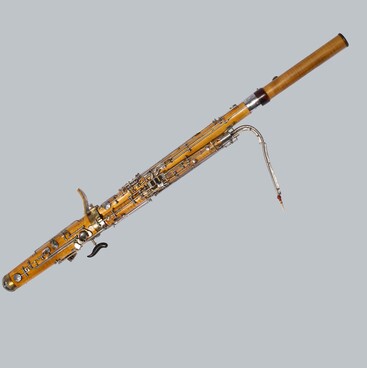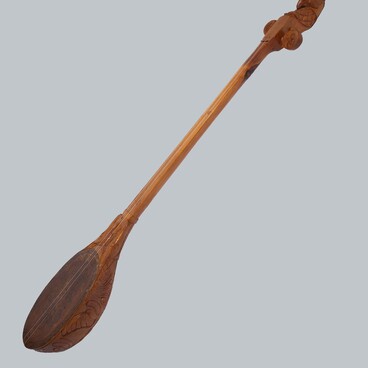The pathephone was named after Charles, Emile, Jacques, and Théophile Pathé. The brothers’ first project in the recording industry was a studio for listening to phonograph records. In 1908, the Pathé brand produced two-sided records of a new design, played from the center to the outer edge. However, the main invention in the company’s history was made by its employee Guillon Kemmler, who suggested embedding the gramophone’s horn into the case.
The invention’s prototype resembled a nightstand; over time, the pathephone took the familiar shape of a small tightly closed briefcase with a handle. Records were produced in three sizes: “minion”, “grand”, and “giant”. One winding of the first pathephones was enough to play only three to five minutes of music, the sound quality was rather low, and the styluses and records were not durable. However, the design simplicity, ease of transportation, and the ability to be powered without an electricity source made the “musical briefcases” extremely popular.
The PT-3 pathephone was the most widespread model in the Soviet Union in the 1930s–1950s. It was produced by several factories. The displayed pathephone is a typical device of this model. In the lower part of the device, there is a holder with a winding crank handle; in the compartment covered with a wooden panel, there is a pickup, a cloth-covered disk, a speed regulator, and a stop lever. One corner of the case is reserved for a drawer with replacement styluses.
To play a record, the pathephone was opened, the winding handle was inserted all the way into a special hole and the handle was rotated clockwise (a full winding required 30–35 turns). After the record was placed on the disk, the stopper was released, and the membrane with the stylus was carefully placed on the outer edge of the record. At the end of the winding, the record would automatically stop, and it was necessary to let the winding spring unwind fully.
By default, the record rotated at 78 rpm, but the record
clamp allowed the user to adjust the speed by eight rpm. Usually, the volume could
not be adjusted and varied in the range of 75–80 dB.






